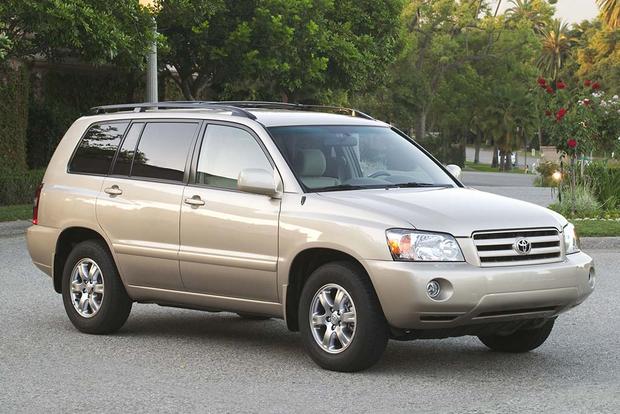#AverageVehicleAge
Average Age of U.S. Light Vehicles Older Than Ever
S&P Global Mobility has reported that the average U.S. automobile is now 12.2 years old, which it said represented a 2 percent increase since 2021. While relatively modest, the general trend for the last five years has been for vehicles to get older as drivers attempted to milk more life from beleaguered hardware.
Much of this has been attributed to North America’s broadening wealth gap and general improvements in vehicle longevity. If you look back at Department of Transportation data from the 1990s, the average age of a car was under nine years. By 2007, the typical car would see its 10th birthday before scrappage and the number has continued to climb from there. Much of that is due to households having to make do with tighter budgets, which was arguably made easier by modern powertrains that can easily exceed 100,000 miles before needing any serious maintenance.
Epidemic of Aging: Demographic Crisis Hits Nation's Driveways
Never mind 2020. In the previous decade, Americans purchased more new cars per year than ever before. Roaring out of the recession, U.S. sales volumes ticked upwards year after year, settling above the 17 million marker and staying there for quite some time. Even last year’s haul defied expectations, landing north of that hallowed marker.
It didn’t reverse the increasingly geriatric nature of the country’s fleet, however. American automobiles, on average, have never been older, and they’re now poised to jump rapidly in age.
Average Vehicle Age To Remain Around 11 Years Through 2019
If the highways appear to be filled with vehicles built during the middle years of Bush II’s first term, your eyes are not deceiving you: IHS Automotive says the average age of a given vehicle on the road has remained at 11.4 years at the end of 2013.


















Recent Comments